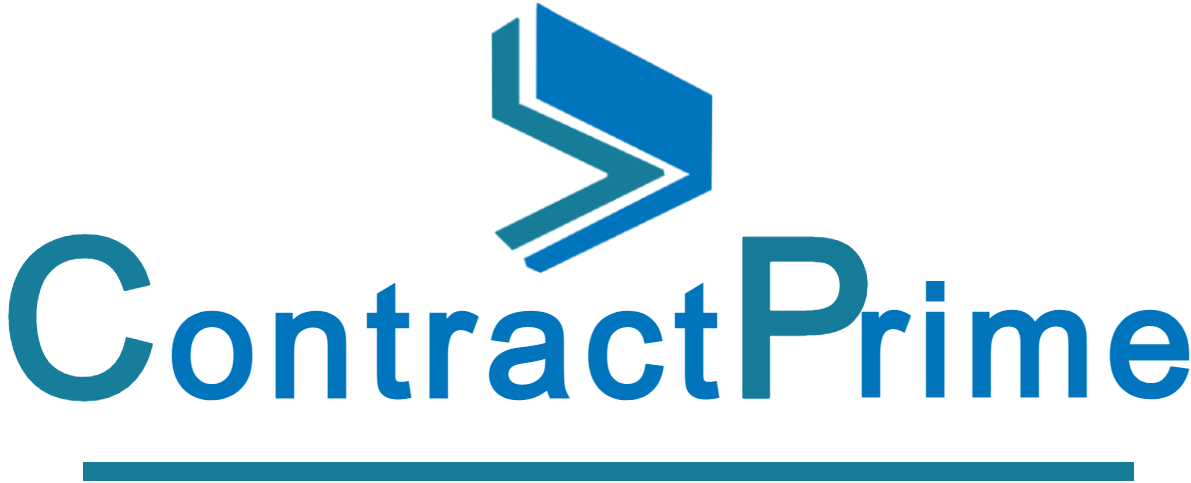Contract Lifecycle Management Maturity Model
Effective contract management is paramount for mitigating risks, ensuring compliance, and optimizing operational efficiency. A systematic approach to contract lifecycle management (CLM) is indispensable, and organizations are increasingly adopting maturity models to assess and improve their processes. Let’s delve into the Contract Lifecycle Management Maturity Model and examine the four stages that organizations can traverse to attain excellence in contract management.
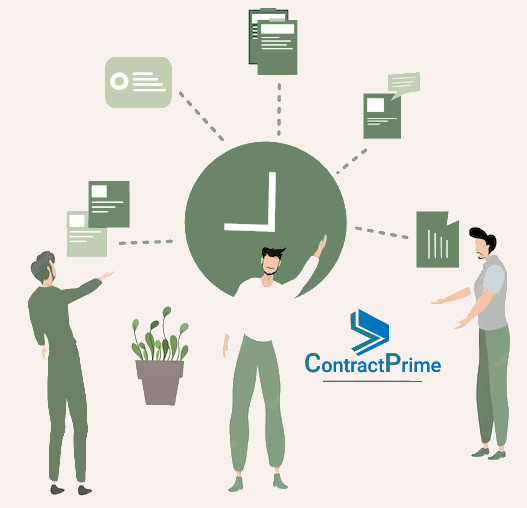
Written by Knowledge Team, posted on January 08, 2023
In this dynamic business landscape, the significance of Contract Lifecycle Management (CLM) cannot be overstated. Effective CLM is not just about compliance and risk mitigation; it positions businesses for optimal operational efficiency and strategic excellence.
Legacy: The Initial Phase
At the Legacy stage, contracts are dispersed across various repositories, such as email, file shares, or paper formats. The absence of a centralized repository poses challenges in tracking changes, exposing organizations to potential risks. Governance in contract creation is minimal, and nonstandard clauses may increase risk exposure. The first step toward improvement involves recognizing these challenges and acknowledging the necessity for change.
Defined: Establishing Structure
Advancing to the Defined stage involves a crucial shift toward adopting contract workflow software, a pivotal step that brings transformative benefits to organizations. Let’s explore these advantages more explicitly:
Clearer Understanding of Negotiation Stages
Adopting contract workflow software provides organizations with a sophisticated toolset to map out and streamline negotiation stages. This clarity ensures that each step in the negotiation process is transparent, making it easier for stakeholders to grasp the status of any given contract. This increased visibility not only enhances communication among team members but also reduces the likelihood of misunderstandings, leading to more effective negotiations.

Faster Approvals
With contract workflow software, the approval process becomes a well-defined, automated sequence. Approval workflows can be customized to align with organizational hierarchies, ensuring that the right stakeholders review and authorize contracts promptly. This not only accelerates the overall contract lifecycle but also minimizes delays caused by manual routing and approval processes. As a result, organizations experience a significant reduction in turnaround times, enabling them to seize time-sensitive opportunities more efficiently.
Streamlined Document Storage
One of the key challenges in the Legacy stage is the scattered storage of contracts across various repositories. Contract workflow software resolves this issue by providing a centralized, organized repository for all contracts. This centralized storage ensures that contracts are easily accessible, searchable, and securely stored. As a result, organizations no longer grapple with the inefficiencies of searching through disparate systems or risking the loss of crucial contract documents. This streamlined document storage not only enhances accessibility but also contributes to better version control, minimizing the risk of errors and discrepancies.
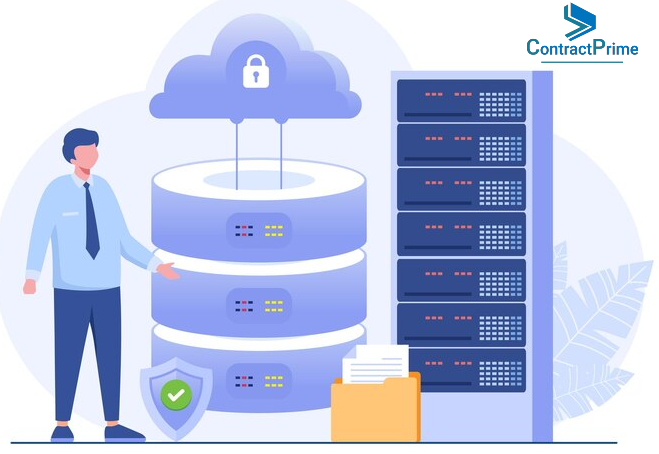
The adoption of contract workflow software in the Defined stage brings about a paradigm shift in how organizations approach contract management. The benefits extend beyond mere process improvement, offering a clearer understanding of negotiation stages, faster approvals, and streamlined document storage, collectively paving the way for a more efficient and effective contract management ecosystem.
Operation: Enhancing Efficiency
As organizations progress to the operation stage, the deployment of comprehensive contract management software becomes a strategic imperative. This stage introduces a suite of advanced features that collectively address end-to-end contract needs. Let’s delve deeper into the advantages of template-driven contract drafting and how it significantly streamlines the overall process:
Template-Driven Contract Drafting
In the Operation stage, contract drafting takes a significant leap forward with the implementation of template-driven approaches. This entails the creation and utilization of standardized contract templates tailored to specific contract types or scenarios. The advantages of template-driven contract drafting are manifold:
Consistency
Standardized templates ensure a uniform and consistent structure across all contracts. This consistency is pivotal in maintaining the integrity of legal language, compliance requirements, and formatting, reducing the likelihood of errors and discrepancies. It establishes a recognizable pattern that enhances readability and understanding for all stakeholders involved in the contract lifecycle.

Error Reduction
The use of templates minimizes the risk of errors associated with manual drafting. Legal teams can predefine clauses, terms, and conditions within templates, mitigating the chance of inaccuracies or omissions during the contract creation process. This not only enhances the quality of contracts but also reduces the need for subsequent revisions and amendments.
Accelerated Contract Creation Timeline
With predefined templates, the time required for contract drafting is significantly reduced. Legal professionals can leverage existing templates as a foundation, focusing their efforts on the customization of specific details rather than starting from scratch. This accelerates the overall contract creation timeline, allowing organizations to respond promptly to business needs and market dynamics.
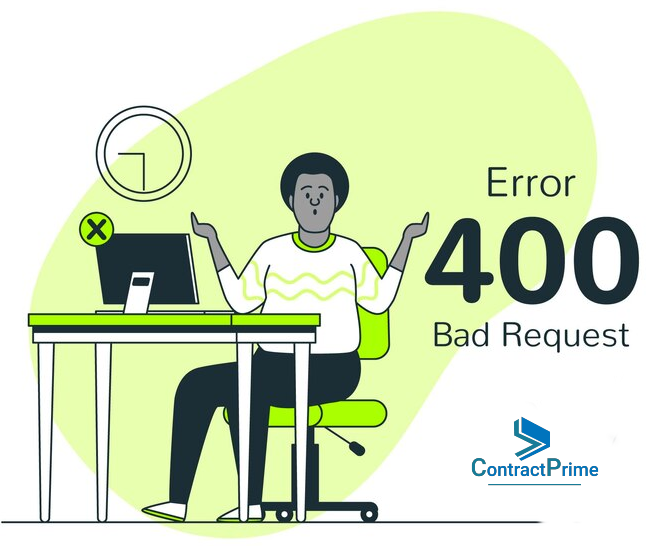
Collaboration Through CMS Applications and External Portals
In addition to template-driven drafting, the operation stage facilitates seamless collaboration through Content Management System (CMS) applications and external portals. These tools enable multiple stakeholders, both internal and external, to collaborate in real-time on contract development, negotiation, and finalization. Key advantages include:
Enhanced Communication
CMS applications and external portals serve as centralized platforms for collaboration, fostering transparent communication among team members. Real-time updates and notifications ensure that all stakeholders are informed of changes, reducing the likelihood of miscommunications and delays.
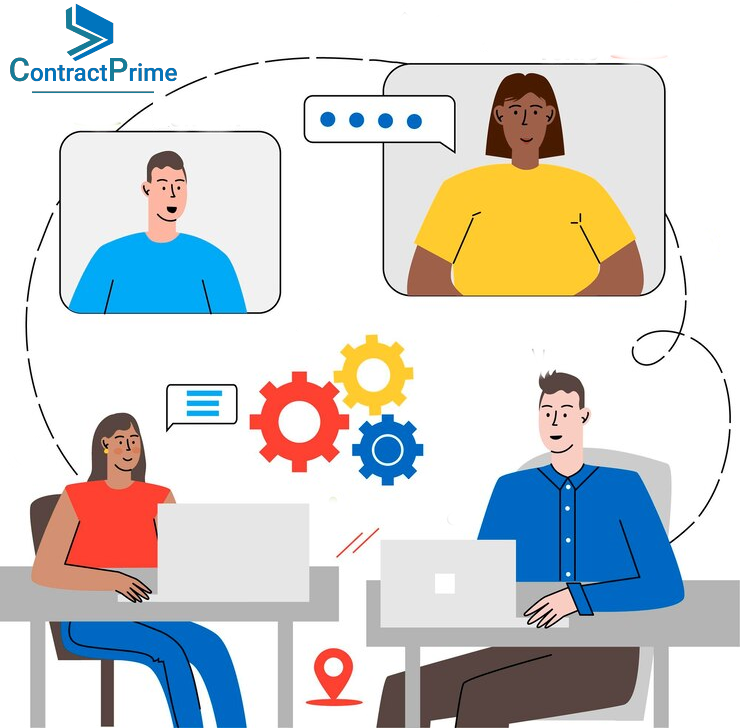
Efficient Feedback Loops
Collaboration tools streamline the feedback process, allowing stakeholders to provide comments, suggestions, and revisions directly within the contract document. This promotes an efficient feedback loop, expediting the negotiation phase and ensuring that contracts align with the expectations of all involved parties.
Version Control
The use of collaboration tools ensures robust version control, preventing confusion over multiple iterations of a contract. Stakeholders can track changes, revert to previous versions if necessary, and maintain a clear audit trail of the contract’s evolution. This enhances accountability and reduces the risk of errors resulting from working on outdated versions.

Empowering Business Users with Self-Service Options
Another hallmark of the operation stage is the introduction of self-service options that empower business users to engage more actively in the contract management process. These options include user-friendly interfaces, automated workflows, and guided processes that enable non-legal professionals to navigate and initiate contract-related activities. Key advantages include:
Faster Execution
Empowering business users with self-service options expedites routine contract activities, such as approvals and renewals. This enables organizations to achieve faster contract execution timelines, contributing to overall operational efficiency.
Reduced Dependency on Legal Teams
Self-service options reduce the reliance on legal teams for routine tasks, allowing legal professionals to focus on more complex legal matters. This redistribution of responsibilities optimizes resource allocation and ensures that legal expertise is strategically deployed where it is most needed.
User Adoption
Intuitive self-service interfaces promote user adoption across departments, breaking down barriers to entry for individuals less familiar with legal intricacies. This democratization of the contract management process enhances organizational agility and inclusivity.
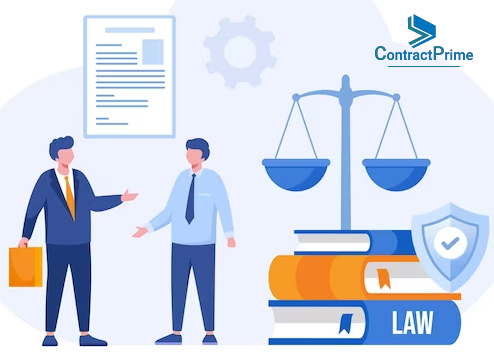
Robust Search Functionality for a Single Source of Truth
The operation stage ensures that contract management software incorporates robust search functionality, establishing a single source of truth for all contracts within the organization. This feature delivers numerous benefits:
Efficient Retrieval of Information
Robust search capabilities allow users to quickly retrieve specific contract details, reducing the time spent searching through extensive contract repositories. This efficiency is crucial for legal teams, procurement professionals, and other stakeholders needing timely access to critical contract information.
Enhanced Visibility
A single source of truth fosters enhanced visibility into the organization’s entire contract portfolio. Stakeholders can gain comprehensive insights into contract statuses, obligations, and key dates, facilitating informed decision-making and strategic planning.
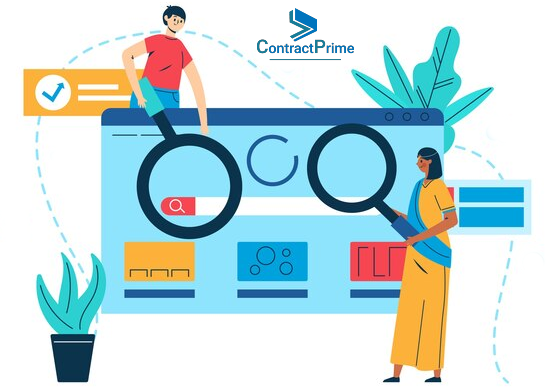
Audit Trail and Compliance
The ability to search and track contracts ensures a comprehensive audit trail, supporting compliance efforts. This feature is particularly valuable during audits and assessments, providing evidence of adherence to contractual commitments and regulatory requirements.
Data Security
Robust search functionality includes advanced security measures, ensuring that sensitive contract information is accessible only to authorized individuals. This safeguards against unauthorized access and reinforces data privacy and confidentiality.
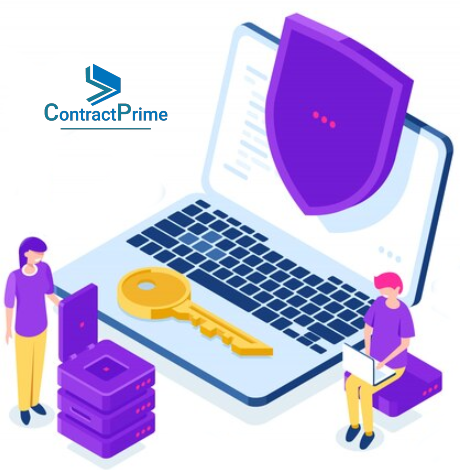
The operation stage represents a pivotal juncture in contract management, introducing advanced features that significantly enhance efficiency and effectiveness. From template-driven contract drafting that ensures consistency and accelerates timelines to collaboration tools that facilitate seamless communication, the operation stage lays the groundwork for organizations to excel in their contract management endeavors. These advancements not only streamline processes but also contribute to a more resilient and agile business environment.
Organization: Achieving Excellence
As organizations ascend to the pinnacle of the Contract Lifecycle Management Maturity Model, the Organization stage represents the zenith of excellence. This stage is characterized by the seamless integration of legal operations solutions with contract software, legal spend management, compliance measures, and a comprehensive legal library. Let’s delve into how this integration significantly enhances overall contract management:
Comprehensive View of the Legal Landscape
The integration of legal operations solutions with contract software provides organizations with a panoramic view of their entire legal landscape. This holistic perspective encompasses ongoing contracts, historical data, legal obligations, and compliance status. By consolidating these elements into a unified platform, organizations gain unparalleled visibility into their legal portfolio. This comprehensive view serves as the cornerstone for better-informed decisions and improved strategic planning.
Strategic Decision-Making
With a comprehensive view of the legal landscape, organizations can make strategic decisions based on a thorough understanding of their contractual commitments, potential risks, and compliance standing. This strategic clarity empowers decision-makers to align legal objectives with broader business goals, fostering a more cohesive and synchronized organizational strategy.
Risk Mitigation
The integration enables proactive risk management by identifying potential issues early in the contract lifecycle. Organizations can assess contractual risks, compliance gaps, and emerging legal trends, allowing for preemptive measures to mitigate risks effectively. This proactive approach safeguards the organization against unforeseen legal challenges and reinforces its resilience in an ever-evolving business environment.

Management of Outside Counsel Spends
The Organization stage places a premium on effectively managing outside counsel spends through integrated solutions. This involves tracking, analyzing, and optimizing expenditures related to external legal services. Key advantages include:
Cost Efficiency
Organizations can optimize legal expenditures by scrutinizing outside counsel spends, identifying cost-effective alternatives, and negotiating favorable terms. This cost-conscious approach ensures that legal resources are allocated judiciously, maximizing the return on investment in legal services.
Performance Evaluation
Integrated solutions enable the evaluation of outside counsel performance against predefined metrics. This data-driven assessment ensures that organizations partner with legal firms that align with their objectives, providing high-quality services and delivering value for money.
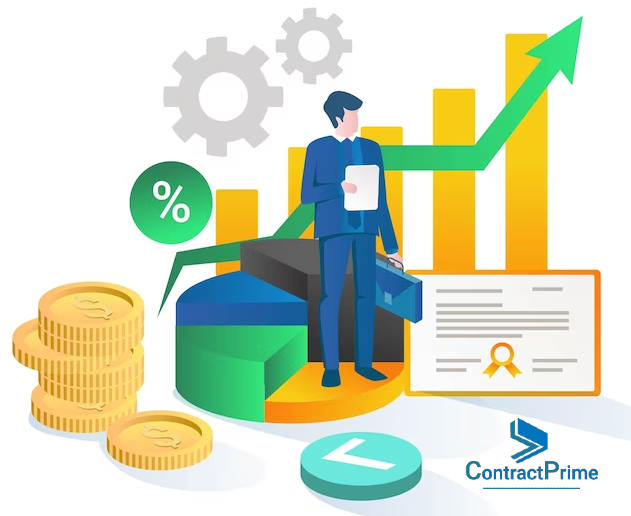
Tracking Budgets
The Organization stage introduces robust mechanisms for tracking budgets associated with legal activities. This involves setting, monitoring, and optimizing budgets to align with organizational goals. Advantages include:
Financial Accountability
Transparent budget tracking promotes financial accountability in legal operations. Organizations can track expenditures against allocated budgets, facilitating financial planning and adherence to fiscal guidelines.
Resource Allocation
Accurate budget tracking informs resource allocation decisions, allowing organizations to allocate legal resources efficiently based on project priorities and strategic initiatives. This ensures that legal teams operate within financial constraints while delivering optimal outcomes.
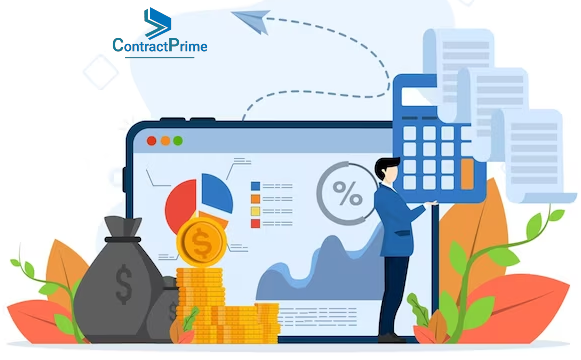
Ensuring Compliance Across Departments
Integration extends beyond contract management to ensure compliance across various departments. This multifaceted approach involves aligning legal and regulatory requirements with organizational policies. Key benefits include:
Cross-Functional Collaboration
Integrated solutions foster cross-functional collaboration, enabling legal, compliance, and other departments to work in tandem. This collaboration ensures that contracts adhere to regulatory frameworks and internal policies, minimizing the risk of compliance breaches.
Automated Compliance Monitoring
The integration automates compliance monitoring processes, providing real-time alerts and reports on potential compliance issues. This proactive approach empowers organizations to address compliance challenges promptly and implement corrective measures before they escalate.
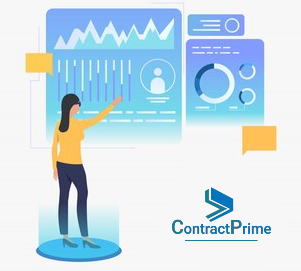
Evaluation of Partners Against Industry Standards
The Organization stage incorporates the evaluation of partners against industry standards, ensuring that organizations collaborate with legal entities that meet or exceed predefined benchmarks. Key advantages include:
Strategic Alliances
Organizations can strategically align with legal partners that share their commitment to excellence. Evaluating partners against industry standards ensures that collaborations are founded on mutual values, enhancing the likelihood of successful and enduring partnerships.
Continuous Improvement
Regular evaluations against industry standards promote a culture of continuous improvement. Legal partners are encouraged to evolve and enhance their practices to meet or surpass industry benchmarks, contributing to a dynamic and forward-thinking legal ecosystem.

Robust Dashboards Providing Insights
The culmination of the Organization stage is marked by the implementation of robust dashboards that offer insights into contracts, budgets, compliance scores, and legal research. These dashboards are personalized for different users, catering to their specific needs and roles.
User-Specific Insights
Personalized dashboards provide tailored insights for different users, ensuring that legal, financial, and compliance professionals receive information relevant to their responsibilities. This user-centric approach enhances the usability and effectiveness of the dashboard as a decision-support tool.
Real-Time Monitoring
Dashboards offer real-time monitoring of key metrics, allowing stakeholders to stay informed about critical aspects of contract management, budgetary adherence, compliance status, and legal research developments. This real-time visibility enhances agility and responsiveness in decision-making.
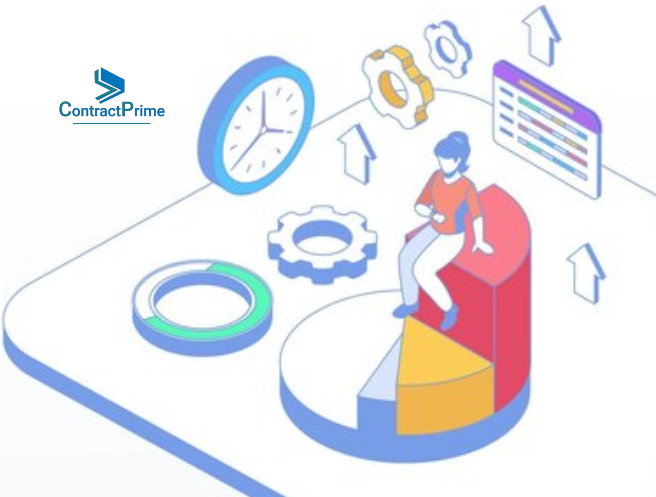
The Organization stage represents the pinnacle of excellence in contract management, where integration becomes a catalyst for informed decision-making, strategic planning, and holistic operational efficiency. The comprehensive view of the legal landscape, coupled with meticulous management of outside counsel spends, budget tracking, compliance assurance, and strategic partner evaluation, positions organizations to not only navigate complex legal environments but also to thrive and innovate within them. The implementation of personalized dashboards further solidifies this stage as a transformative milestone in the pursuit of strategic and operational excellence.
Strategic Considerations
- Stakeholder Engagement: Involving stakeholders early on is crucial for understanding the long-term vision and aligning objectives. Objectives may vary across departments, requiring tailored solutions.
- Integration Requirements: Consideration must be given to integrating contract management solutions with CRM for sales departments and ERP for procurement needs.
- ContractPrime: Microsoft 365 based contract management software emerges as a solution adaptable to any maturity level. Implementation involves training, change management, and industry-customized best practices. The cloud-based solution caters to legal operations with features like customized workflows and reports.
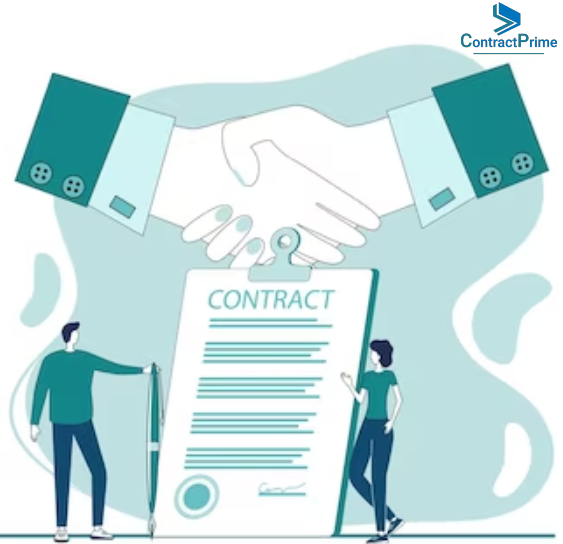
Continuous Improvement
Contract management is a continuous improvement process aligned with Risk and Compliance (GRC) guidelines. Governance teams play a pivotal role in navigating process and technology changes, ensuring user training, and maintaining agility in response to evolving business requirements.
Conclusion
In conclusion, the Contract Lifecycle Management Maturity Model provides a roadmap for organizations to systematically enhance their contract management processes. Embracing maturity stages ensures not only compliance and risk mitigation but also positions businesses for optimal operational efficiency and strategic excellence. Assess your current CLM stage and take proactive steps towards improvement to stay ahead in today’s competitive business landscape.
